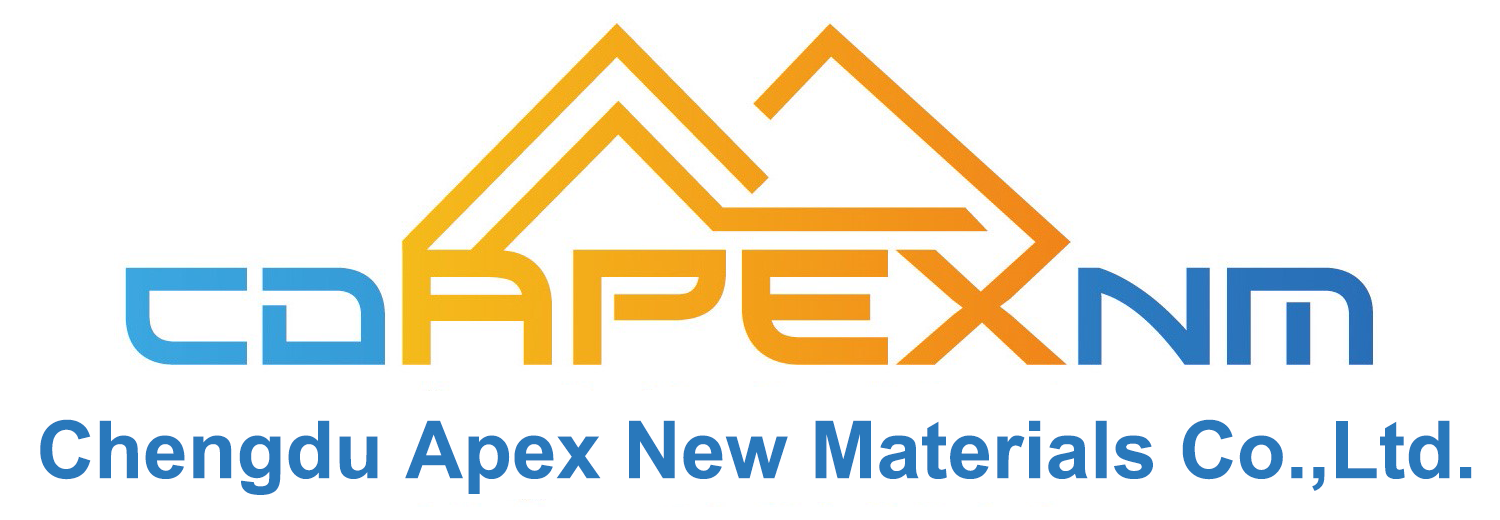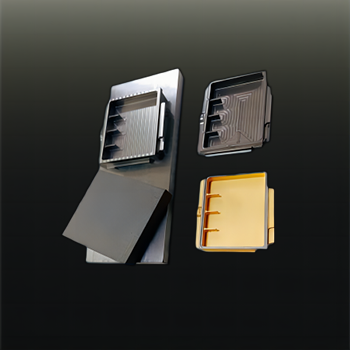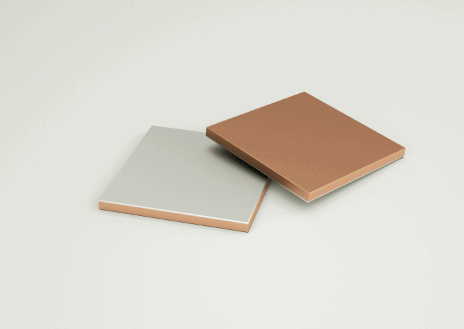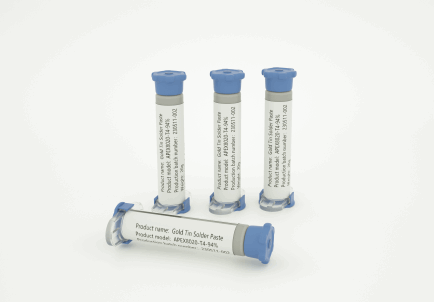Application fields and characteristics of aluminum silicon
Application fields and characteristics of aluminum silicon
Silicon aluminum alloy, an alloy composed of silicon and aluminum, not only has the lightness and plasticity of aluminum, but also combines the high temperature resistance and hardness of silicon, making it an ideal choice for aerospace, automobile manufacturing, electronics and construction...
Composition and classification of silicon aluminum alloy
Basic composition principle
Silicon aluminum alloy is an alloy synthesized by silicon (Si) and aluminum (Al) in a certain proportion. The combination of the two elements gives the alloy unique physical and chemical properties. The addition of silicon not only improves the mechanical properties of aluminum, enhances its wear resistance and strength, but also improves the casting performance and stability of aluminum. The composition ratio of this alloy can be flexibly adjusted according to application requirements to generate materials suitable for different industrial fields.
Classification standard
The classification of silicon aluminum alloy is mainly based on the silicon content, which can be divided into two categories: low silicon alloy and high silicon alloy:
Low silicon alloy (Si<12%):
This type of alloy usually contains a lower proportion of silicon, and the silicon content is not enough to significantly change the basic properties of aluminum, but is enough to improve its mechanical strength and corrosion resistance.
Application areas include but are not limited to building structural materials, components of transportation vehicles, and packaging materials.
High silicon alloy (Si≥12%):
High silicon alloy contains a higher proportion of silicon, which makes the alloy have higher hardness and excellent high temperature resistance, while maintaining good corrosion resistance and oxidation resistance.
Mainly used in environments requiring wear resistance and high temperature resistance, such as aerospace, automotive engine parts, and radiator materials for electronic equipment.
Characteristics and application impact
Different types of silicon aluminum alloys show different performance characteristics due to their different silicon content, which directly affects the application areas and performance requirements of the alloy:
Low silicon alloy:
Excellent plasticity and processing properties, easy to form and process.
Good corrosion resistance, suitable for external structures and decorative applications.
Enhanced strength and toughness, suitable for load-bearing structures and transportation vehicles.
High silicon alloy:
Significant wear resistance and high temperature resistance, suitable for use in extreme environments.
Excellent thermal conductivity and electrical conductivity, widely used in electronics and thermal management systems.
High hardness, suitable for manufacturing precision instruments and wear-resistant parts. .
Production process of silicon aluminum alloy
1. Raw material preparation
Raw material selection: The first step in producing silicon aluminum alloy is to select high-quality raw materials, mainly including aluminum and silicon blocks or powders. The purity of the raw materials directly affects the final performance of the alloy.
Proportion design: Accurately calculate the ratio of silicon and aluminum according to the specific application and performance requirements of the required alloy. This step is crucial to the performance characteristics of the alloy.
2. Melting
Heating and melting: Put the well-proportioned raw materials into the furnace and heat them to a temperature exceeding the melting point of aluminum, usually above 660°C, to melt the aluminum. Subsequently, silicon is gradually added, and the heating temperature is adjusted according to the specific requirements of the alloy to ensure that the two metals are fully mixed.
Temperature control: Accurately controlling the temperature of the furnace is the key to ensuring uniform alloy composition and stable performance. Too high or too low temperature will affect the quality of the alloy.
3. Refining
Removing impurities: Impurities such as iron, calcium, and magnesium in the alloy are removed by adding refining agents to the molten alloy or performing electrolytic refining. This step is crucial to improving the purity and performance of the alloy.
Gas removal: Use vacuum or inert gas protection to remove hydrogen and other harmful gases from the molten alloy to prevent pores and inclusions in the finished product.
4. Casting
Solidification: Pour the refined molten alloy into a pre-designed mold and cool it rapidly to solidify it. Control of the cooling rate has a significant effect on the microstructure and properties of the alloy.
Post-treatment: The alloy after casting may require post-treatment steps such as heat treatment and aging treatment to optimize its microstructure, improve mechanical properties and corrosion resistance.
5. Quality control
Detection and evaluation: Each step of the production process is accompanied by strict quality control, including chemical composition analysis, physical property testing, etc., to ensure that each batch of alloy products meets the specified standards and performance requirements.
Physical properties
1. Density and melting point
Density: The density of silicon aluminum alloys is lower than that of pure aluminum, which makes them particularly popular in fields such as aerospace and transportation because they can effectively reduce the weight of structures.
Melting point: The addition of silicon will increase the melting point of the alloy, which is crucial for applications that require the material to remain stable at high temperatures, such as engine parts.
2. Thermal conductivity and electrical conductivity
Thermal conductivity: Silicon aluminum alloy has good thermal conductivity, which makes it an ideal choice for heat dissipation components of electronic products.
Conductivity: Although the addition of silicon will reduce the conductivity of the alloy, by optimizing the composition of the alloy, the conductivity that meets the requirements of specific electrical applications can be obtained.
3. Mechanical properties
Strength and hardness: Compared with pure aluminum, silicon aluminum alloys show higher strength and hardness because the addition of silicon effectively improves the structural stability of the alloy.
Toughness: Reasonable silicon content can maintain the toughness of the alloy while improving strength and hardness, avoiding brittleness due to excessive hardening.
Chemical properties
1. Corrosion resistance
Environmental adaptability: Silicon aluminum alloys have good corrosion resistance and can resist corrosion in a variety of environments, including seawater and industrial atmospheric corrosion, which makes them suitable for applications such as shipbuilding and offshore platforms.
2. Antioxidation
High temperature performance: Under high temperature conditions, silicon aluminum alloy can form a stable oxide film to effectively prevent further oxidation. This property is of great significance for high temperature application environments, such as aircraft engine parts.
Application fields
1. Aerospace
Application overview: In the field of aerospace, silicon aluminum alloys are widely used in aircraft structures, engine parts and spacecraft shells due to their low density, high strength, excellent corrosion resistance and oxidation resistance.
Advantage analysis: These alloys can reduce the weight of aircraft, improve fuel efficiency, and ensure stability and safety under extreme environmental conditions (such as high temperature, high pressure, strong radiation, etc.).
2. Automobile manufacturing
Application overview: In the automobile manufacturing industry, silicon aluminum alloys are used to produce engine parts (such as cylinder heads, pistons, etc.), body structures and wheels, etc.
Advantage analysis: These applications take advantage of the light weight, high strength and good thermal conductivity of silicon aluminum alloys, which help improve the performance of automobiles, reduce fuel consumption, and improve the comfort and safety of passengers.
3. Electronic equipment
Application overview: Silicon aluminum alloy is mainly used as a heat sink material in the electronics industry, for computer CPUs, LED lamps and electronic chips, etc.
Advantage analysis: The high thermal conductivity of the alloy ensures effective cooling of sensitive electronic components, prolongs the service life of the equipment, and improves the overall performance stability.
4. Building materials
Application overview: Silicon aluminum alloy is also used as a building material, including door and window frames, curtain walls, decorative panels, etc.
Advantage analysis: In addition to light weight and high strength, the corrosion resistance of silicon aluminum alloy makes it an ideal building material for harsh climatic conditions, and also provides more aesthetic and innovative possibilities for modern architectural design.
5. Energy industry
Application overview: In the field of new energy, silicon aluminum alloy is used for solar photovoltaic frames, wind turbine components, etc.
Advantage analysis: These applications take advantage of the weather resistance and corrosion resistance of the alloy to ensure the stability and durability of energy equipment in long-term outdoor operation.




